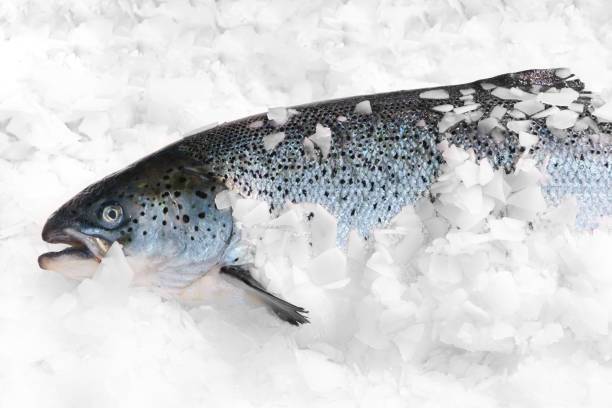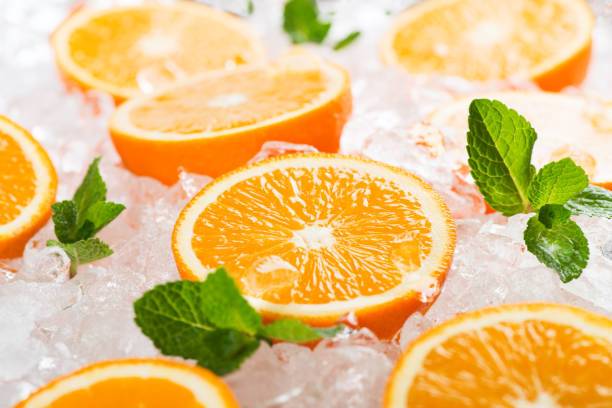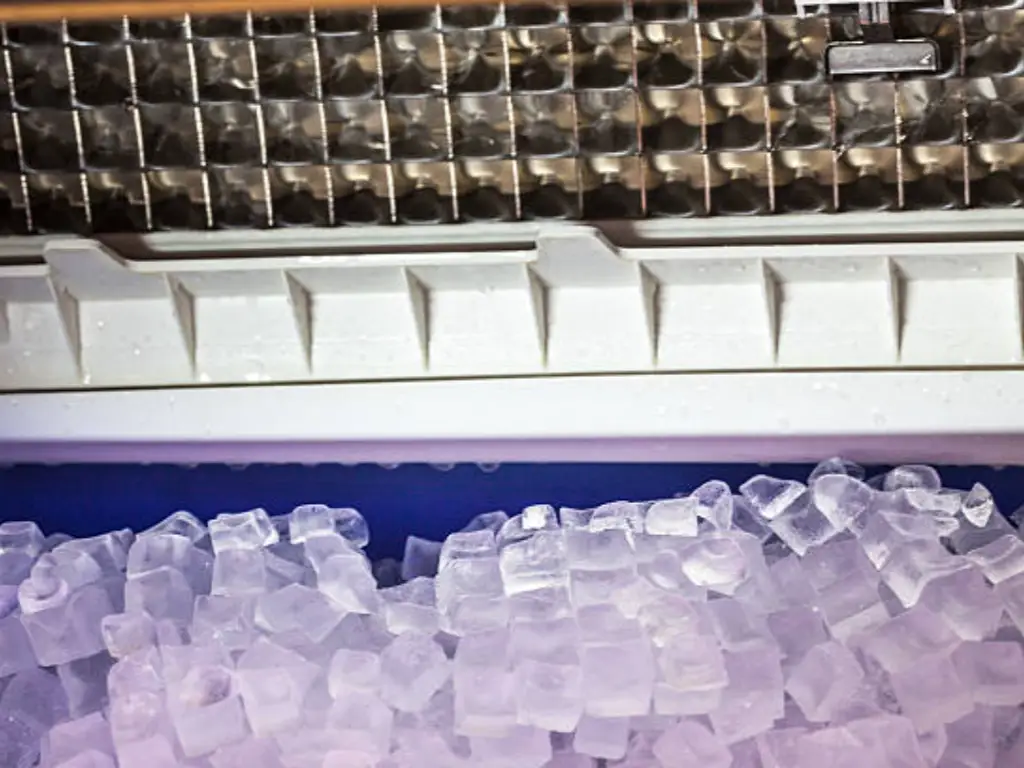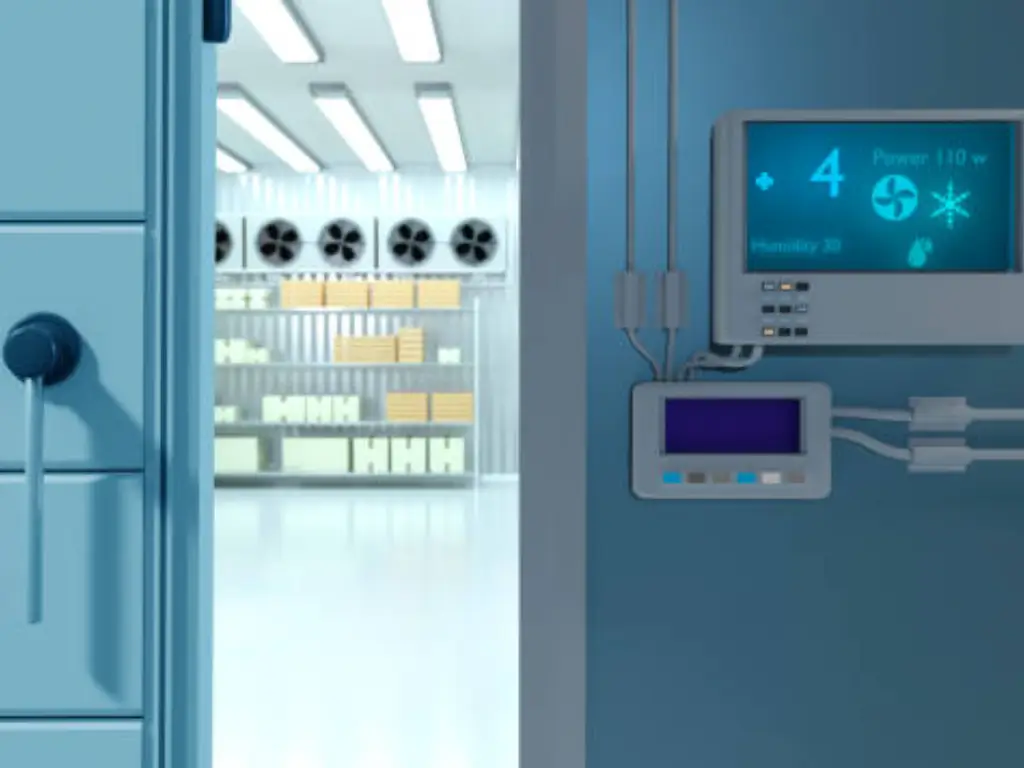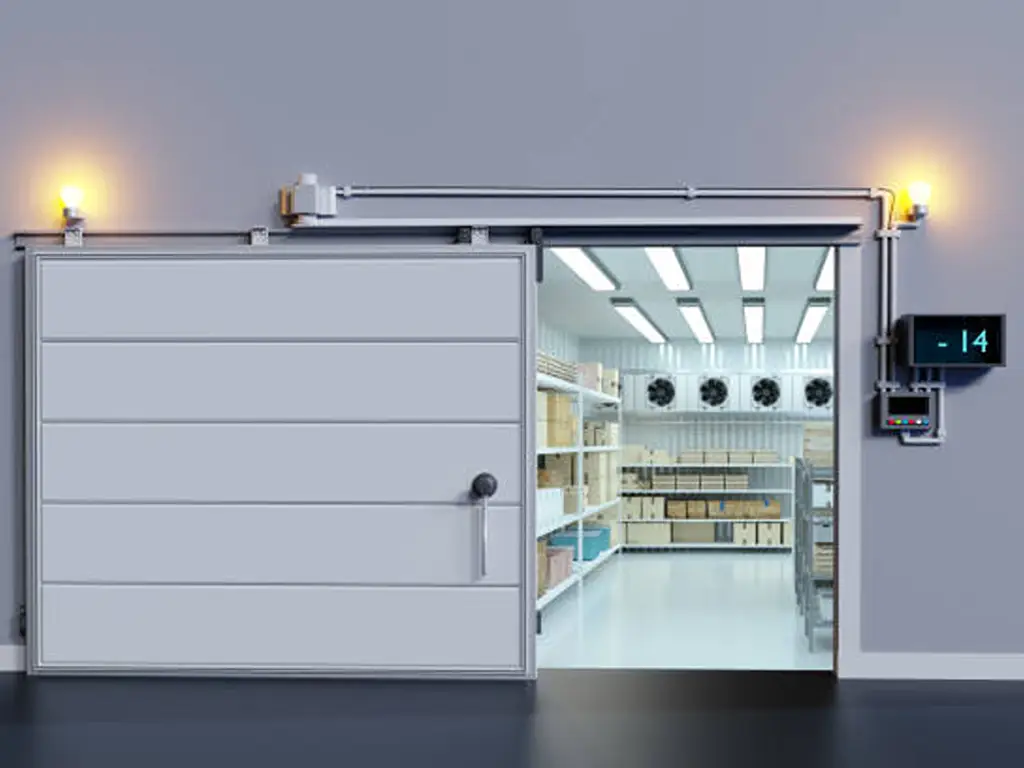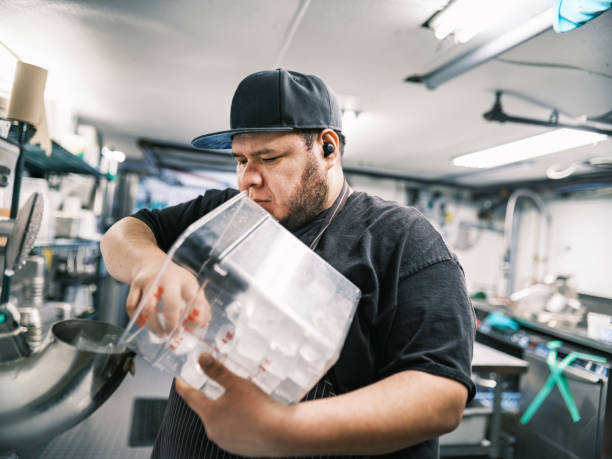商業用製氷機とは何ですか、そしてそれがあなたのビジネスにとって重要な理由
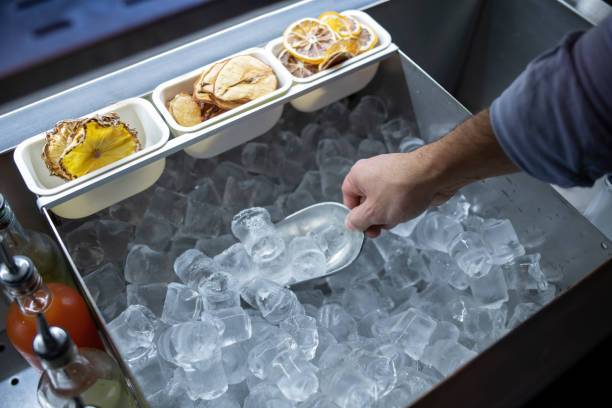
商業用アイスメーカーは、大量の氷を一貫して効率的に生産するように設計された精密工学機械です. 国内のアイスマシンとは異なります, それらは頑丈な操作のために構築されています, 統合された衛生基準, 特定の産業の要求を満たすためにカスタマイズされることがよくあります.
これらのマシンは、温度制御で操作をサポートする上で重要な役割を果たします, 製品の完全性, または、カスタマーサービスは、氷の可用性に大きく依存しています. レストランやバーで, 氷の品質と数量は、飲料のプレゼンテーションと顧客満足度に影響します. 病院や研究所で, ICEは、温度に敏感なプロセスと安全な患者ケアをサポートします. 漁業または肉の梱包で, 氷は微生物の成長を遅くします, 製品の貯蔵寿命を延長します.
したがって, 商業用アイスメーカーがどのように機能するかを理解することは、適切なモデルを選択し、運用上の継続性を維持するために不可欠です.
段階的な氷作りプロセスと各コンポーネントの役割
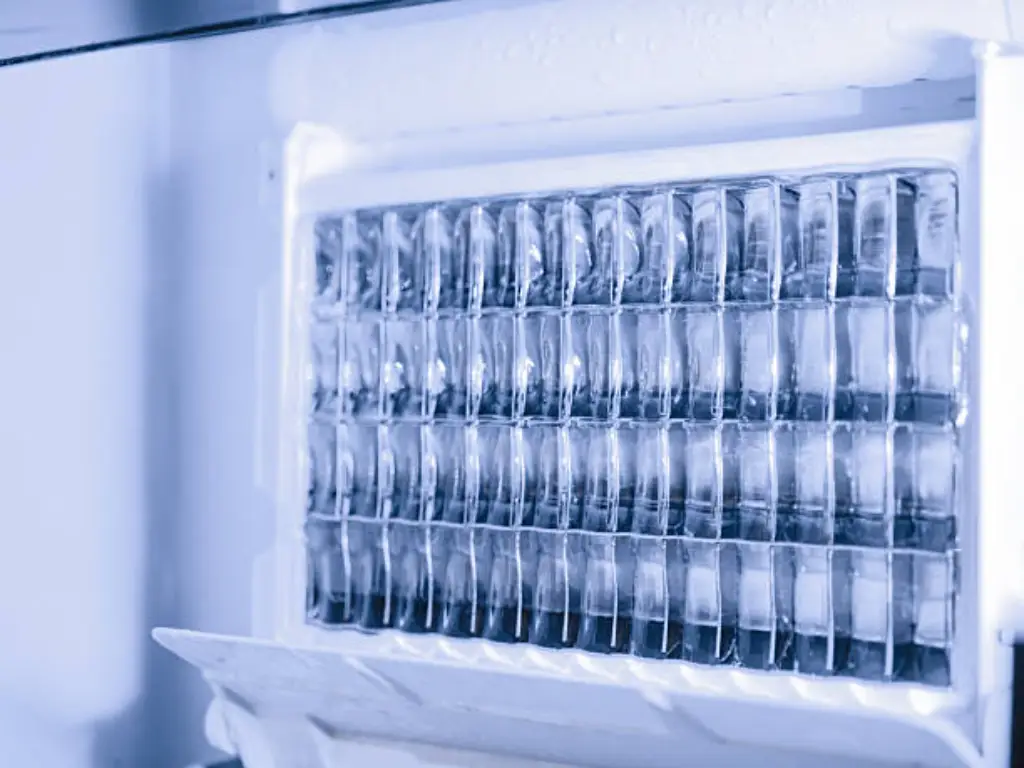
このセクションでは、商業用アイスメーカーがどのように機能するかについての構造化された説明を提供します, 水を氷に変える内部サイクルに焦点を当てる. このプロセスの各段階は、閉じた冷凍および機械システム内のコンポーネントの調整されたセットによって実行されます.
1. 水の摂取とろ過
プロセスは、専用のウォーターラインから水が機械に入ることから始まります. ソレノイド制御の入口バルブが水のタイミングと量を管理します. 高性能商用ユニットには通常、堆積物を排除するために多段階の水ろ過システムが組み込まれています, 塩素, 氷の透明度と機械の寿命に影響を与える可能性のある微生物汚染物質.
2. 配水量
きれいな水は貯水池に向けられているか、金属蒸発器板に汲み上げられます. 垂直プレートシステムで (キューブアイスメーカーで一般的です), 水は閉ループで循環します, 冷凍を確保するために、冷やした表面の上を絶えず流れます.
3. 冷蔵サイクルの開始
システムの中心には冷蔵回路があります. この回路には:
- コンプレッサー: 低圧冷媒蒸気を高圧に圧縮します, 高温ガス.
- コンデンサー: 冷媒はコンデンサーのコイルを流れます (空気- または水冷), 熱を放散し、高圧液に凝縮します.
- 拡張バルブ (TXV): 蒸発器に入る前に、冷媒圧力が低下します.
- 蒸発器プレート: 低圧冷媒がプレート内で蒸発するにつれて, 循環水から熱を吸収します, 徐々に凍結します.
4. 氷の形成
氷は層で形成され始めます. ほとんどのモジュラーキューブアイスメーカーで, 氷の薄い層が徐々に蒸発器グリッドの上に構築されます. 流れる水は、最も冷たい分子の凍結のみを保証します, クリスタルクリアアイスを生産します.
さまざまな氷の種類は、このフェーズでバリエーションを使用します:
- フレークアイスマシンは、円筒形の蒸発器バレルに薄い層を直接凍結します.
- ナゲットアイスは、柔らかく圧縮することによって形成されます, 半凍結したアイスチップ.
- スラリーまたはポンプ氷は、生理食塩水溶液を使用して、懸濁した氷の結晶で部分的に冷凍液体を作成します.
5. 収穫サイクル
プリセットの厚さまたは温度しきい値が満たされたら (通常、プローブまたはサーミスタによって監視されます), システムは収穫サイクルを開始します:
- コンプレッサーはシャットオフまたは短時間逆転します.
- ホットガスバイパスバルブが開きます, 熱い冷媒ガスを蒸発器に向けます.
- これにより、氷床が緩みます, 重力や機械的支援を介して貯蔵箱に落ちる原因.
6. アイスストレージとビン制御
氷は熱絶縁ビンに保管されています, 赤外線または機械センサーが氷のレベルを監視する場合. ビンがいっぱいの場合, 氷が使用または除去されるまで、生産は一時停止されます. 一部のモデルは自動アジテーターを統合して、橋渡しや凝集を防ぐ.
7. 衛生とサイクルの繰り返し
ハイエンドモデルは、スケールと細菌の蓄積を減らすために自動フラッシュを実行します. UVライトまたはオゾンシステムも統合される場合があります.
このサイクルは継続的に繰り返されます, 水を持っている限り安定した氷の供給を提供する, 力, 環境条件は最適です. これらの各段階を理解することは、商業用アイスメーカーがどのように機能し、最適化または障害診断のためにポイントを特定するのかを完全に把握する上で重要です.
比較した冷却方法: 空冷と水冷式vsリモート冷却ユニット
冷却メカニズムは、エネルギー効率に直接影響します, 水の消費, インストールの柔軟性, メンテナンスサイクル. 各方法には状況的な利点があります:
| 特徴 | 空冷 | 水冷式 | リモートクーリング |
| 熱放電 | 周囲の空気に | 水排水ラインに | 機械から離れて (屋根など) |
| 水の使用 | 低い | 高い | 低い |
| エネルギー効率 | 適度 | 高い (暑い気候) | 高い |
| 理想的な条件 | 換気された屋内エリア | 水が豊富な環境 | 騒音/熱に敏感なゾーン |
| メンテナンス | 気流のクリアランスが必要です | スケーリングのリスク, 水フィルター | 複雑なインストール |
水が高価または制限されている場所で, 空冷ユニットが推奨されます. 水冷モデルは、周囲温度が高くなるとパフォーマンスが向上します. リモート冷却システムは、騒音と内部熱負荷の減少を求めて大規模な設備に適しています.
商業用アイスメーカーと氷の形の種類
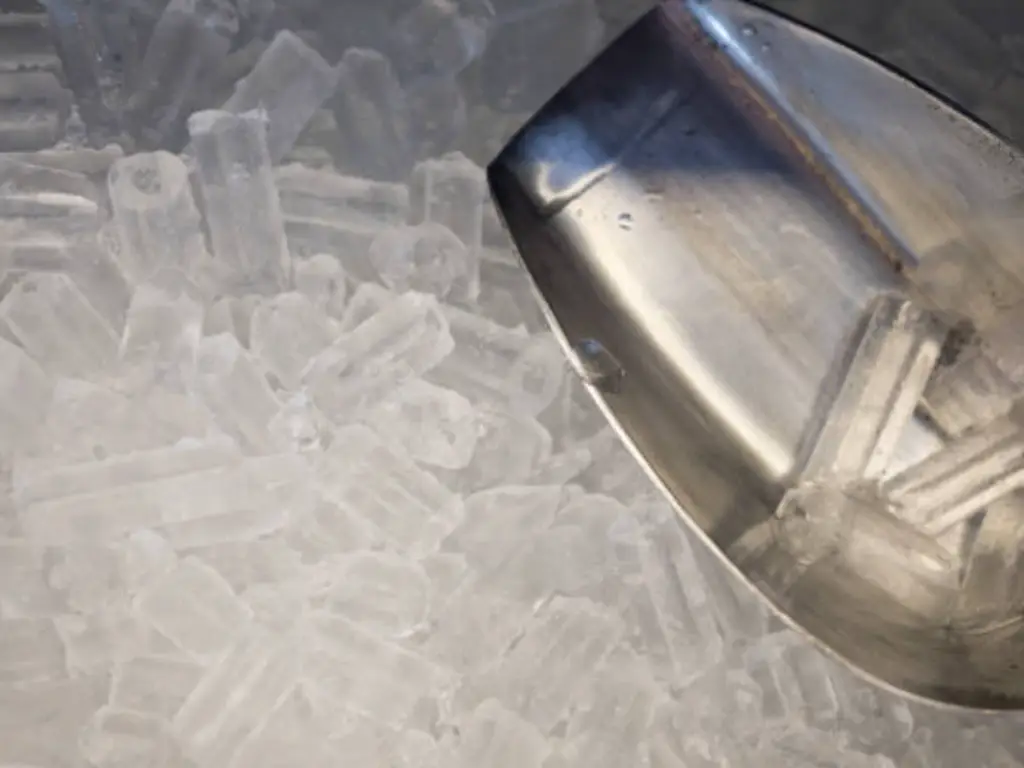
適切な商用アイスメーカーを選択するには、マシンの種類や氷の形を選択するだけではありません. 長期的なパフォーマンスと製品の適合性を確保するため, 企業は、冷却方法も評価する必要があります, 冷媒, エネルギー効率, そして、生産された氷の実際の品質.
マシンの構成と氷の形を理解する
市販のアイスマシンには3つの主要な構成があります:
- モジュラーユニット: 別々のアイスビンで設置された高出力システム. オーバーを必要とする操作に適しています 500 1日あたりの氷のポンド.
- アンダーカウンターユニット: 内蔵ストレージを備えたコンパクトシステム, バーに最適です, カフェ, または家の最前線のサービスエリア.
- カウンタートップアイスディスペンサー: 衛生やユーザーフレンドリーなデザインが優先事項である病院やオフィス環境でよく使用されます.
氷の種類もユースケースによって異なります:
- フルキューブとハーフキューブ: 難しい, 遅い溶融; 飲料サービスを好む.
- ナゲットアイス: 柔らかい, チュアブル; ヘルスケアやセルフサービスの飲み物ステーションで好まれています.
- フレークアイス: 薄い, 柔軟性; シーフードに最適です, 食肉加工, そして冷たい療法.
- スラリーアイス: 優れた熱伝達を伴う半液体氷溶液; ロジスティクスで使用されます, 乳製品, および水生輸送.
- ブロックアイス: 密集したゆっくりとした; 電力不安定性のある産業コールドチェーンまたは地域に不可欠.
主要な技術的考慮事項と氷の質を評価する方法
- 冷却システム: 空冷を選択してください, 水冷式, または、サイトレイアウトに応じてリモートクーリングされた, 換気, と給水.
- 冷媒: 環境基準に合わせて、R-134AやR-404Aなどのレガシーガスを介してR-290やCO₂などの低いGWPオプションを選択します.
- パフォーマンスメトリック: 毎日の出力を検討してください (100–2,000+ポンド), 氷の回復速度, 千のあなた, エネルギー消費.
- 認定: 探す EnergyStar® 効率のため, 衛生コンプライアンスのNSF, およびISO 9001 製造品質のため. これらの基準は、規制の整合性と運用上の信頼性の両方を反映しています.
氷品質の指標
- 明確さ: 氷の透明は、より良いろ過とより長い凍結時間を示唆しています.
- 硬度: 密度の高いキューブは溶けて溶け、飲み物をより良く保持します.
- 形状の均一性: 一貫した水分布と凍結制御を示します.
- 味と臭い: きれいな味の氷は、適切なろ過とメンテナンスを反映しています.
機能性と認定パフォーマンスの両方に基づいてアイスメーカーを選択することは、信頼性を確保するのに役立ちます, 衛生, 運用全体でコスト管理.
商業用製氷機をトラブルシューティングと維持する方法
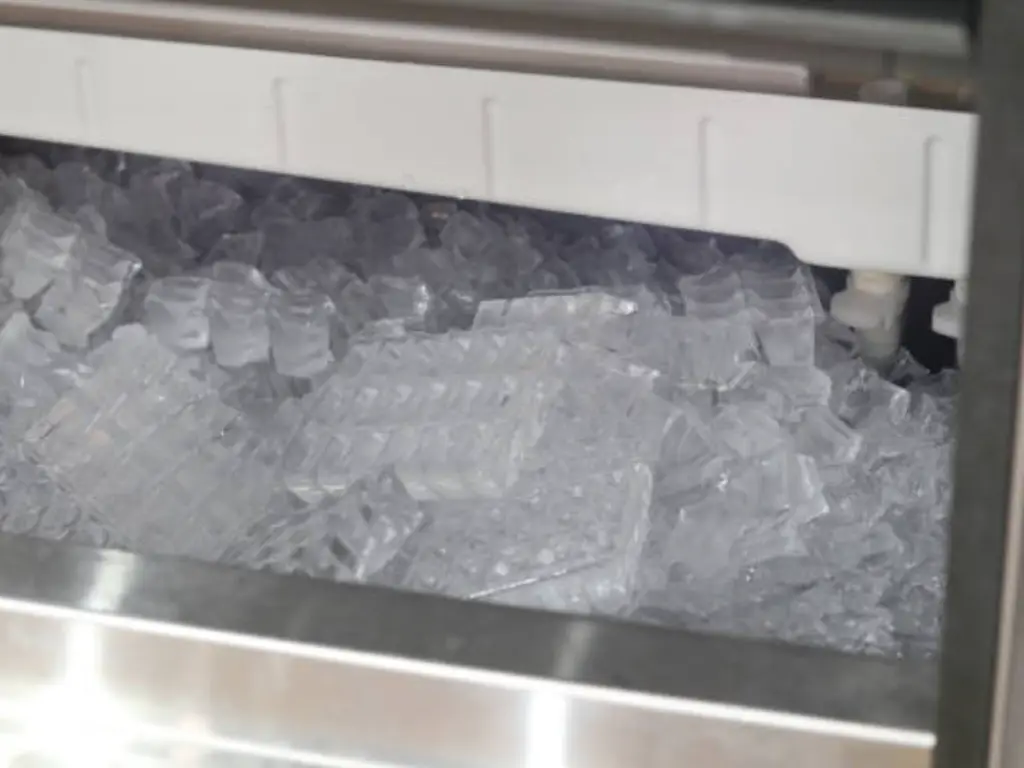
適切なメンテナンスとタイムリーな診断は、氷の質を向上させるだけでなく、機械の運用寿命と効率を拡大する.
一般的な問題とトラブルシューティングのヒント
- 低氷の出力
考えられる原因: 汚れたコンデンサー, 低水流, スケールビルドアップ, 周囲の過熱.
解決: きれいなコンデンサーコイル, インレットバルブを検査します, 蒸発器からのフラッシュスケーリング.
- 氷は曇りまたは柔らかいです
おそらく、水のろ過や不完全な凍結がないためです.
解決: フィルターを交換します, 短いサイクルまたは冷媒の問題を確認してください.
- 過度のノイズ
ファンまたはコンプレッサーの障害, ゆるい部品, または氷の橋渡し.
検査と部品の締め付けまたは交換が必要になる場合があります.
- 漏れまたはオーバーフロー
排水ポンプまたはフロートバルブの誤動作によって引き起こされます.
排水線をきれいにします; 水位制御をテストします.
メンテナンスとクリーニングのベストプラクティス
- 毎日: 空のビン, スクープを消毒します, 異常なノイズを検査します.
- 毎週: きれいなビンのインテリア, センサーをワイプします, 排水線を確認してください.
- 毎月: Descele Evaporator, インラインフィルターを交換します, 冷媒の性能を確認します.
- 年ごとに: メーカー固有のクリーナーと消毒剤を使用して、ディープクリーニングを実行します; 断熱材を検査します, 水導電性, およびシステム圧力.
これらの慣行をしっかりと理解することはこれを補完します メンテナンスガイド 商業用のアイスメーカーが効率的にどのように働くのかを深く把握します.
長期的な価値のために適切な商業用製氷機を選択します
以下の表は、このガイドで説明した重要な考慮事項をまとめたものです:
| 応用 | 氷の種類 | 冷却方法 | 推奨マシンタイプ | 毎日の出力範囲 |
| シーフード & 水産 | フレーク / スラリー | 水または遠隔 | 産業用 フレーク製氷機 | 1,000–10,000 kg |
| レストラン & バー | キューブ (フル/ハーフ) | 空冷 | モジュラーまたはアンダーカウンター | 150–500 kg |
| スーパーマーケット | フレーク | 空気またはリモート | フレークアイスディスプレイシステム | 500–2,000 kg |
| 病院 & 健康管理 | ナゲット / フレーク | 空冷 | カウンタートップディスペンサー | 100–300 kg |
| 飲料工場 | ブロック / キューブ | リモートクーリング | 頑丈なモジュラーマシン | 2,000–5,000 kg |
これらの要因を超えて, ブランド機能は重要な役割を果たします. 信頼できるメーカーは、単なる機械以上のものを提供します。彼らはスケーラブルです, ビジネス固有の需要に合わせたサービス可能なシステム.
コラー, 例えば, ISOに構築されたカスタマイズ可能なアイスマシンを配信します 9001 そしてohsas 18001 基準. 彼らのシステムは、長いサービスライフで知られています, 一貫した出力, そして 24/7 テクニカルサポート, パフォーマンスと稼働時間を要求する業界に最適にする.
信頼できることを保証する専門家のアドバイスとカスタマイズされたソリューションについては、今すぐお問い合わせください, 毎日効率的な氷の生産.

